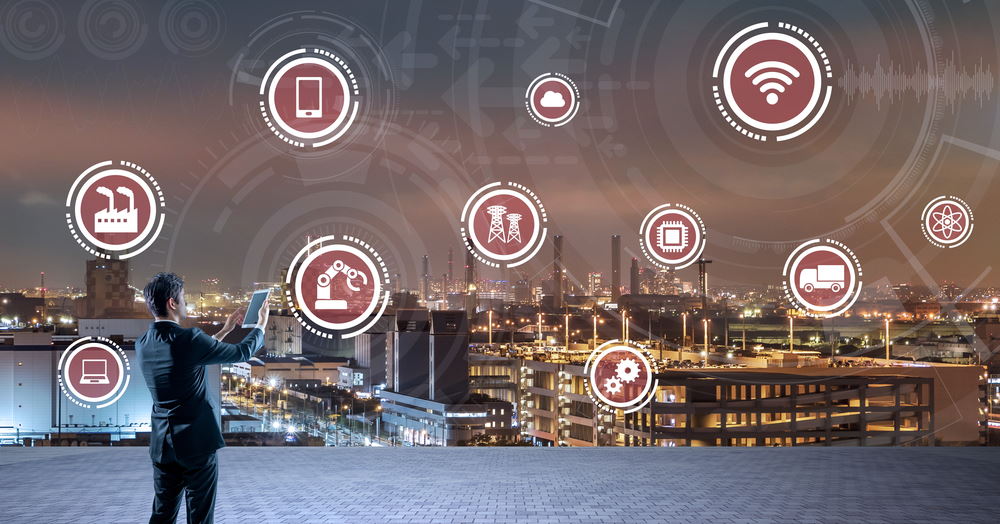LoRaWAN and The Things Industries make it possible to record measured values in a power-saving manner and without cellular radio.
There is rarely one solution for all challenges. This is also true for the metering of distributed properties. In industries such as building automation or smart cities, quick and cost-effective installation of the sensors is important. Especially where no network and no power supply can be used, there is hardly any way around the low-power wireless network.
LoRaWAN in a nutshell
LoRaWAN is a wide-area network modulation technique that uses license-free frequencies to send and receive small amounts of data in a very power-efficient way. Distances of 2km to 40km can be covered. The sensors send encrypted information to gateways, which forward the data to the respective cloud applications, such as AnyViz. This is done in such a power-saving way that end devices can be operated with a battery life of up to 15 years.
The advantages
So far, data collection from remote properties required the installation of an IoT gateway and the wiring of sensors. If there is no Internet connection on site, data had to be exchanged via costly cellular networks. Using LoRaWAN, properties that are a few kilometers away can share one gateway. Installers usually do not need a power supply and only have to note the parameters of the sensors. Unlike cellular or WLAN networks, LoRaWAN devices send their data to all gateways, eliminating the need for on-site setup. Later, DevEUI and AppEUI are entered in the portal to decode and process the data. In large cities or campuses, this allows many metering points to be operated with minimal effort. Digitization of properties without power supply, such as wells, elevated tanks, parking lots or agricultural areas is made possible easily and cost-effectively by LoRaWAN.
From The Things to the AnyViz Cloud
The Things Industries has a global network of over 20,000 LoRaWAN gateways and probably the largest database of LoRaWAN device information. Customers can easily register and connect their own devices and gateways to the network. With just a few clicks, the incoming data can be forwarded to AnyViz and processed like all the other data points. To do this, use the AnyViz template and follow the documentation for The Things Industries integration.


